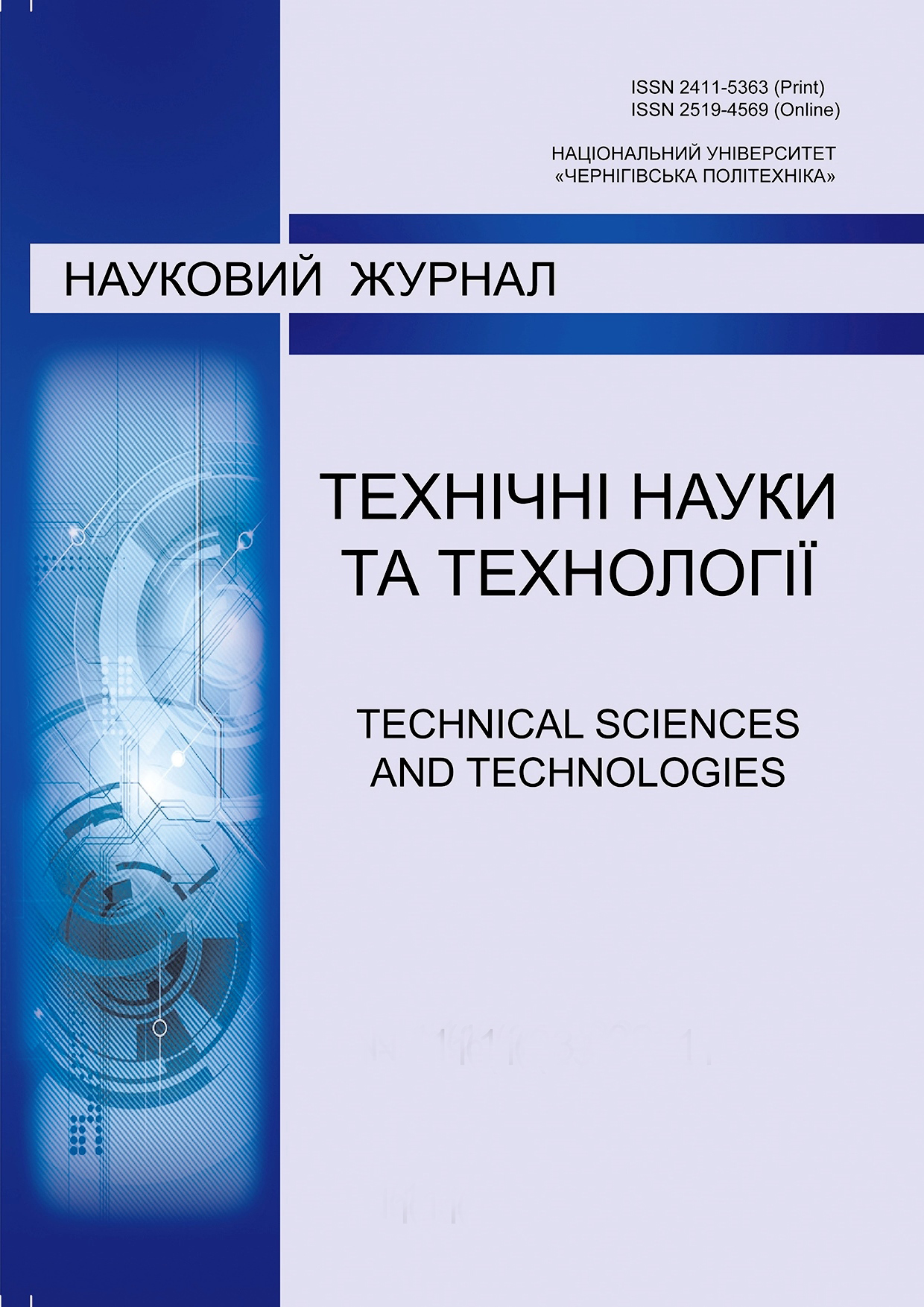Вплив атак за побічними каналами на інформаційну безпеку
DOI:
https://doi.org/10.25140/2411-5363-2023-4(34)-91-103Ключові слова:
атаки за побічними каналами; криптосистема; інформаційна безпекаАнотація
Усім відомо, що для того, щоб криптографічна система забезпечувала безпеку інформації необхідно, щоб секретні ключі, які використовуються в криптографічних алгоритмах, залишалися секретними за будь-яких обставин. Проте на практиці реалізація та експлуатація криптографічних механізмів безпеки ніколи не забезпечує «ідеального» захисту інформації. Однією з вразливостей цих систем є незахищеність криптографічних модулів від з атак за побічними каналами, яка завжди буде серйозною загрозою безпеці криптографічних модулів та, як наслідок, інформаційній безпеці обчислювальних і комунікаційних систем. Тому під час реалізації криптографічних механізмів захисту повинні оцінюватися всі можливості таких атак і враховуватися всі аспекти їх застосування.
Метою статті є дослідження атак за побічними каналами на реалізації механізмів криптозахисту, аналіз особливостей їх реалізації та огляд механізмів забезпечення інформаційної безпеки під час деструктивних впливів цих атак. У роботі розглядається один із практичних напрямів криптоаналізу – атаки за побічними каналами на реалізації механізмів криптозахисту. Досліджуються відмінності між теоретичним криптоаналізом і атаками за побічними каналами. Аналізуються можливості атак за побічними каналами та особливості виконання атак з ін’єкції збоїв. Розглядаються особливості забезпечення інформаційної безпеки механізмів криптозахисту стосовно атак за побічними каналами. Доводиться необхідність врахування загрози цих атак при забезпеченні інформаційної безпеки обчислювальних і комунікаційних систем.
Посилання
Yong Bin Zhou, Deng Guo Fen. (2006). Side-Channel Attacks: Ten Years After Its Publication and the Impacts on Cryptographic Module Security Testing. Information Security Seminar WS 0607.
Anderson, R., Bond, M., Clulow, J., Skorobogatov, S. (2006). Cryptographic processors – a survey. Proceedings of the IEEE, 94, fasc. 2. DOI:10.1109/JPROC.2005.862423.
Jean-Jacques Quisquater, Francois Koeune. (2002). Side Channel Attacks. State-of-the-art. https://www.cryptrec.go.jp/exreport/cryptrec-ex-1047-2002.pdf.
ISO/IEC 15408-1, Information technology – Security techniques – Evaluation criteria for IT security. www.tools.commoncriteria.pl/ccHelp.
SST TEMPEST Introduction iss 3. https://www.giac.org/paper/gsec/4287/tempest-electromagnetic-emanations-security-government-standard/106943.
Paul C. Kocher, Joshua Jaffe, & Benjamin Jun. (1999). Differential power analysis. In Proceedings of the 19th Annual International Cryptology Conference on Advances in Cryptology, CRYPTO’99 (рр. 388–397). Springer-Verlag.
Éric Brier, Christophe Clavier, & Francis Olivier. (August 11–13 2004). Correlation Power Analysis with a Leakage Model. CHES, 3156 of LNCS, 16–29.
Suresh Chari, Josyula R. Rao, & Pankaj Rohatgi. (August 2002). Template Attacks. In CHES, 2523 of LNCS, 13–28. Springer. San Francisco Bay (Redwood City), USA.
Annelie Heuser, Olivier Rioul, & Sylvain Guilley. (2014). Good is Not Good Enough – Deriving Optimal Distinguishers from Communication Theory. In Lejla Batina and Matthew Robshaw, editors, CHES, 8731 of Lecture Notes in Computer Science.
Liran Lerman, Romain Poussier, Gianluca Bontempi, Olivier Markowitch, & François-Xavier Standaert. (April 13–14, 2015). Template attacks vs. machine learning revisited (and the curse of dimensionality in side-channel analysis). In Stefan Mangard, Axel Y. Poschmann (ed.), Constructive Side-Channel Analysis and Secure Design - 6th International Workshop,252 References COSADE 2015. Berlin, Germany. Revised Selected Papers, volume 9064 of Lecture Notes in Computer Science (рр. 20–33).
Omar Choudary, & Markus G. Kuhn. (November 27–29, 2013). Efficient template attacks. In Aurélien Francillon and Pankaj Rohatgi (ed.), Smart Card Research and Advanced Applications - 12th International Conference, CARDIS 2013. Berlin, Germany,. Revised Selected Papers, volume 8419 of LNCS (рр. 253–270).
Tsalis, N., Vasilellis, E., Mentzelioti, D., Apostolopoulos, T. (2019). A Taxonomy of Side Channel Attacks on Critical Infrastructures and Relevant Systems. In Gritzalis, D., Theocharidou, M., Stergiopoulos, G. (eds.), Critical Infrastructure Security and Resilience. Advanced Sciences and Technologies for Security Applications. Springer, Cham. https://doi.org/10.1007/978-3-030-00024-0_15.
JIL Hardware Attacks Subgroup, “Joint Interpretation Library, Application of Attack Potential to Smartcards”, Version 2.7, Februari 2009.
Gupta H. et al. (2019). Impact of Side Channel Attack in Information Security. 2019 International Conference on Computational Intelligence and Knowledge Economy (ICCIKE), Dubai, United Arab Emirates (pp. 291-295). DOI: 10.1109/ICCIKE47802.2019.9004435.
Boneh D., DeMillo R. A., Lipton R. (2001). On the Importance of Eliminating Errors in Cryptographic Computations. Journal of Cryptology, 14(2), 101–120.
Eli Biham, Adi Shamir (1997). Differential cryptanalysis of the data encryption standard. Advances in Cryptology – CRYPTO ’97: 17th Annual International Cryptology Conference, LNCS, 1294, 513-525.
Batina L., Lauridsen M. M., Markovski E., Larsen P. K. (2018). Practical Fault Attack on a Real-World ECC Library. Cryptographic Hardware and Embedded Systems. Amsterdam, Netherlands.
“Identification cards – Integrated circuit cards – Part 3: Cards with contacts – Electrical interface and transmission protocols”, ISO/IEC 7816-3:2006.
Amiel F., Villegas K., Feix B., Marcel L. (2007). Passive and Active Combined Attacks: Combining Fault Attacks and Side Channel Analysis. FDTC.
##submission.downloads##
Опубліковано
Як цитувати
Номер
Розділ
Ліцензія

Ця робота ліцензується відповідно до Creative Commons Attribution-NonCommercial 4.0 International License.


